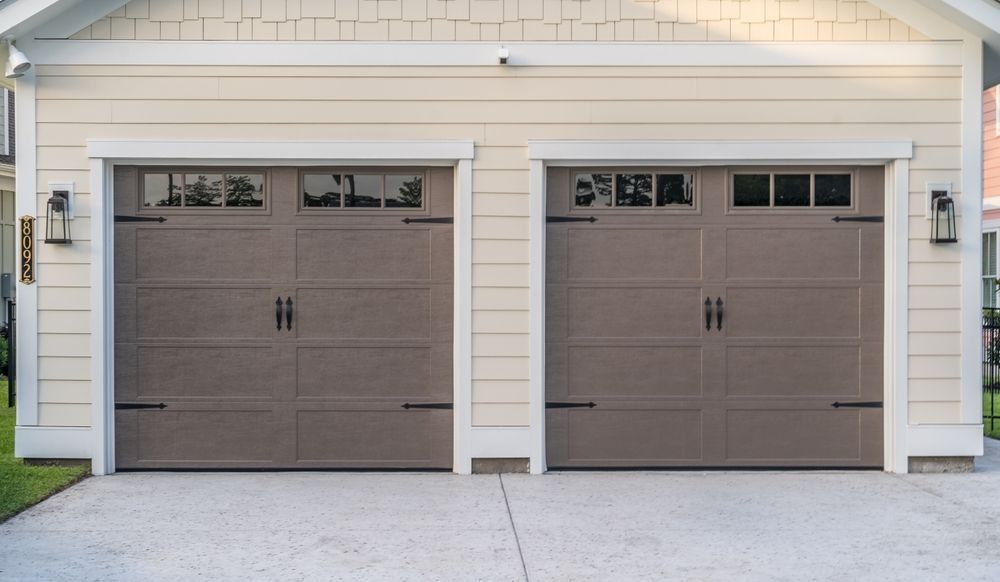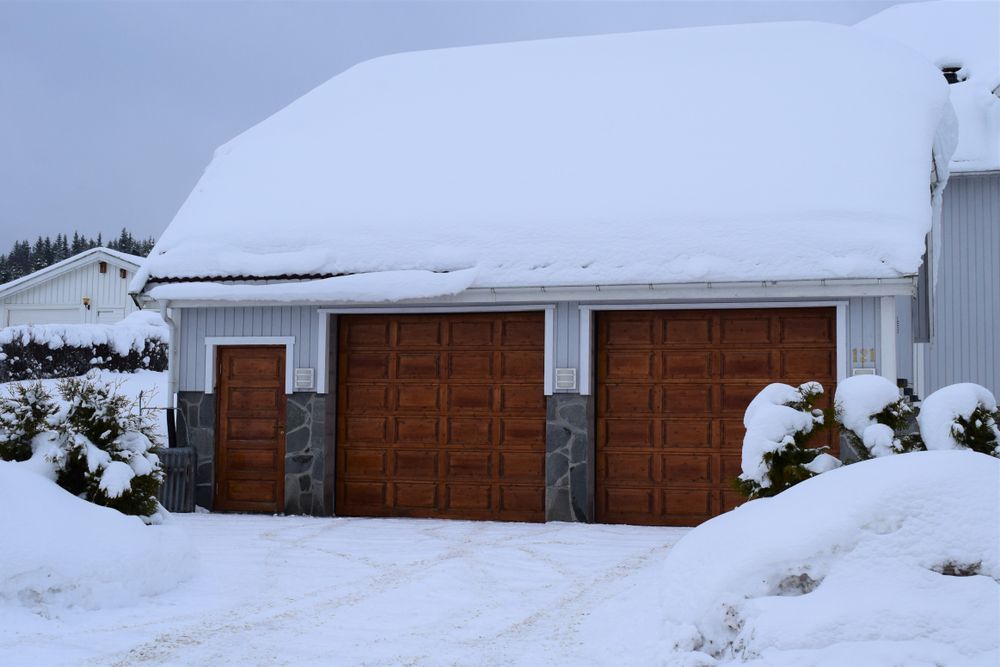How Do I Insulate a Garage Door? A Homeowner’s Guide
Cold winters and humid summers hit garage doors hard in the western suburbs of Chicago. Without insulation, temperature swings can make the space uncomfortable and increase the strain on your home’s heating and cooling systems. An insulated garage door helps reduce energy loss, cuts down on outside noise, and keeps stored items in better condition. For many homeowners, it’s a tactical upgrade that improves year-round comfort and utility.
Why Garage Door Insulation Matters for Chicagoland Homes
In the western suburbs, garage doors face extreme cold in the winter and high heat in the summer. Without insulation, those conditions pass directly into the garage, making the space harder to manage and less comfortable to use. Insulation helps control temperature, reduces noise, and adds a layer of protection for anything stored inside.
Temperature Control and Energy Efficiency
Uninsulated garage doors leak heat in the winter and absorb heat in the summer. That can affect nearby rooms and cause your HVAC system to work harder. Insulation keeps temperatures more stable, helping lower energy use and reducing utility costs.
Noise Reduction and Comfort
Insulation adds mass to the door, which helps block outdoor noise like traffic or leaf blowers. It also softens the sound of the door moving, which is helpful for families with varying schedules. If you spend time in the garage, this upgrade makes it quieter and more comfortable.
Protection for Stored Items and Garage Equipment
Extreme temperatures and moisture can damage tools, electronics, paint, or stored household goods. Insulated garage doors help create a more consistent environment, protecting what you store from heat, cold, and humidity.
How Do I Insulate a Garage Door? Step-by-Step Overview
Insulating your garage door is manageable if the door is in good shape and you’re using a kit designed for residential panels. Start by checking your current setup and choosing the right materials.
Check If Your Current Door Is Insulated
Start by looking at the inside of your garage door panels. Steel doors with a solid inner layer or visible foam core are typically pre-insulated. If the panels are hollow and you can see the back of the outer shell, the door is likely uninsulated. This check helps you decide which insulation approach fits best.
Choose the Right Type of Insulation
Not all garage door insulation is the same. The best option depends on your door style, your goals, and how much effort you want to put in. Foam board offers good thermal performance and a clean look. Reflective insulation works well for hot climates or garages that get a lot of direct sun. Batt insulation can be an option for wooden or panel-framed doors. Each has its place depending on your setup.
Prepare the Garage Door Surface
Before adding any materials, clean the inside of the door using a mild detergent and let it dry completely. Remove dust, oil, and cobwebs so the insulation can stick properly and sit flush against the panel. Measure each section of the door, since panel sizes can vary slightly from top to bottom.
Install Insulation Panels or a Kit
Most garage insulation kits come with pre-cut panels or large sheets you can trim to fit. Slide or press the material into each panel section so it sits snugly without bulging. Some kits include adhesive tape or retaining clips to hold everything in place. Make sure the insulation doesn’t interfere with the door’s movement or hardware. Once installed, inspect each section to confirm everything is secure and balanced.
Types of Garage Door Insulation
Choosing the right insulation comes down to how your garage is used, how much insulation you need, and how the door is built. Each material has strengths and trade-offs when it comes to performance, cost, and ease of installation.
Foam Board
Foam board insulation is a popular option for garage doors. It’s rigid, lightweight, and offers a high R-value for its thickness. Panels are usually made from polystyrene or polyisocyanurate and can be cut to fit each section of the door. Foam board gives a clean, professional look once installed and helps reduce both heat loss and outside noise.
Reflective Insulation
Reflective insulation is made from foil-faced layers that reflect radiant heat. It works well for garages that get direct sun exposure, especially in summer. This type of insulation often includes a layer of polyethylene or foam for added support. It’s flexible, easy to trim, and typically installed using adhesive or tape. While it doesn’t provide as much insulation value in cold climates, it can still make a noticeable difference in summer comfort.
Batt Insulation
Batt insulation is made from fiberglass and typically comes faced in paper or foil. It’s more common in wood-frame garage doors or doors that allow for deeper cavities. Batt insulation has a high R-value but requires a secure backing to keep it in place. It’s less clean-looking than foam board once installed, but it performs well for homeowners prioritizing thermal control.
DIY vs Professional Installation
Installing insulation yourself can be a solid short-term fix, especially if your garage door is in good shape and you’re using a kit that fits your panel layout. Many homeowners go this route to cut down on drafts or manage indoor temperatures more effectively.
But not every door is worth upgrading. Older or damaged doors often have gaps, warping, or worn-out seals that make insulation less effective. In those cases, replacing the entire door is usually the better investment. Uplift Garage installs high-quality insulated garage doors that are built to perform well in Chicago’s climate. These doors come fully insulated from the start, with better fit, stronger materials, and tighter sealing than add-on solutions.
If your garage is attached to the house or used regularly, upgrading the door can deliver better comfort, energy savings, and long-term reliability than trying to patch together a fix.
Call Uplift Garage for Expert Garage Door Insulation
Ready to improve your garage’s comfort and energy efficiency? Uplift Garage installs CHI premium garage doors designed to perform in every season. These doors come fully insulated, seal tight, and operate smoothly. Our team serves the western suburbs of Chicagoland with expert installation and dependable service.
Contact Uplift Garage to request a quote or schedule service for installation, repairs, or maintenance.




